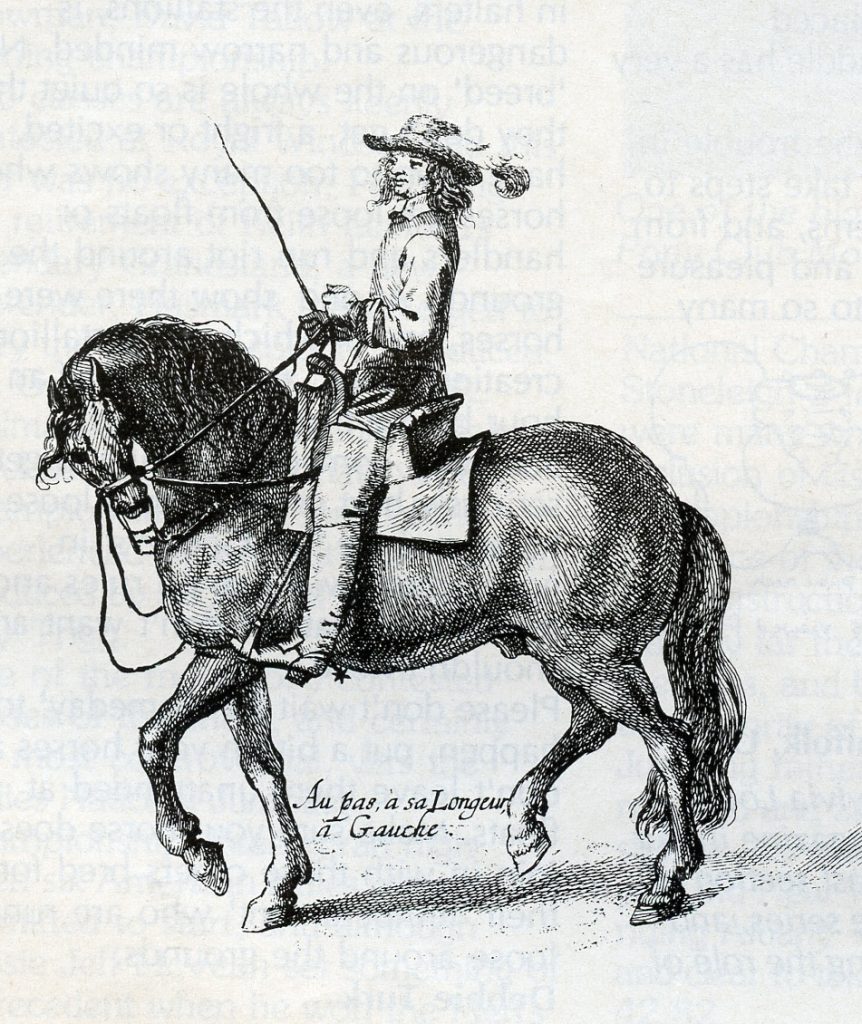
with Paul Belasik
Have you read about the first building block TRUST – here
or the second block, COMMUNICATION – here
Over 300 years ago, the Duke of Newcastle wrote that the “art of horsemanship was a very profitable science to learn,” and that the horse “ought always be part of the circle in which he moves,” and “therefore ought always to be bent on the inside and not outside of it,” and that “these things ought to be well considered because they are the very foundation of horsemanship: “art ought never to be contrary to nature.”
The legacies of Pluvinel, the Duke of Newcastle, la Broue, Lohyneysen, Eisenberg, and Guérinière are epitomized by careful exercises and analysis of bend, collection and philosophy. Exquisite illustrative engravings of countless circles and movements, and diagrams of footfalls aim at educating the reader as to how to lighten the horse’s shoulders, how to get submission and bend, and how to improve lateral balance. At the same time, there is convincing language repeating over and over that the “quintessence of horsemanship is to put the horse upon the haunches.” Exercises to perfect this longitudinal shift of balance are illustrated and explained.
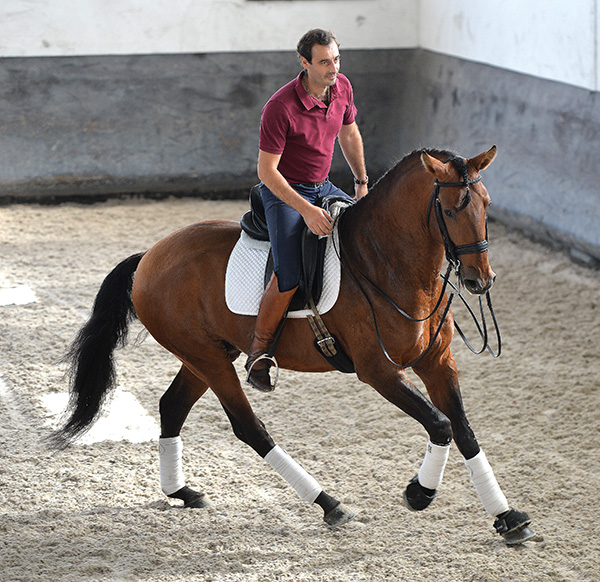
Portuguese Team member at the Tokyo Olympic Games, Rodrigo Moura Torres working at home
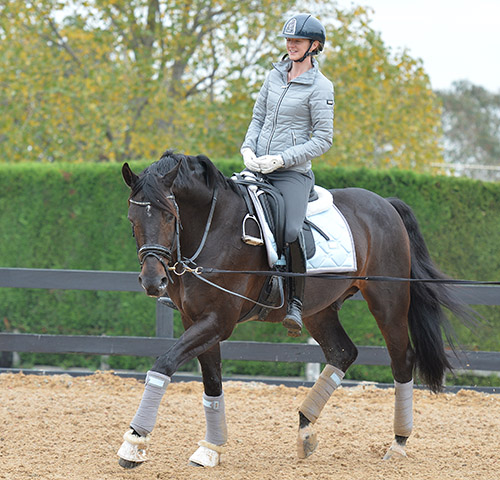
Once the rider has begun to master their own balance on top of the moving horse, he or she is becoming part of a new system where there is no longer one center of mass for the horse and one for the rider; instead they are blending into a new singular animal. They must learn about the horse’s balance, which is usually divided into two fields, the lateral field of balance and the longitudinal field of balance. In the lateral field, a series of classical exercises have evolved, leg yields, shoulder fore, shoulder in, haunches in (travers), renvers, and half pass. These exercises were invented primarily to address the horse’s natural handedness. One of the key aims of dressage is to try to make the horse more symmetrical and not to encourage the natural favoritism of one side of the body over the other, risking injury, etc.
Universal dressage language aimed at making your horse straight addresses working on the natural crookedness of most mammals, including horses. To become a rider fitting of the Duke of Newcastle or Alois Podhajsky, the rider must study theory as well as a physical practice. Again, there is a lot of material which will try to explain the physics and anatomy of these exercises. It must be understood.
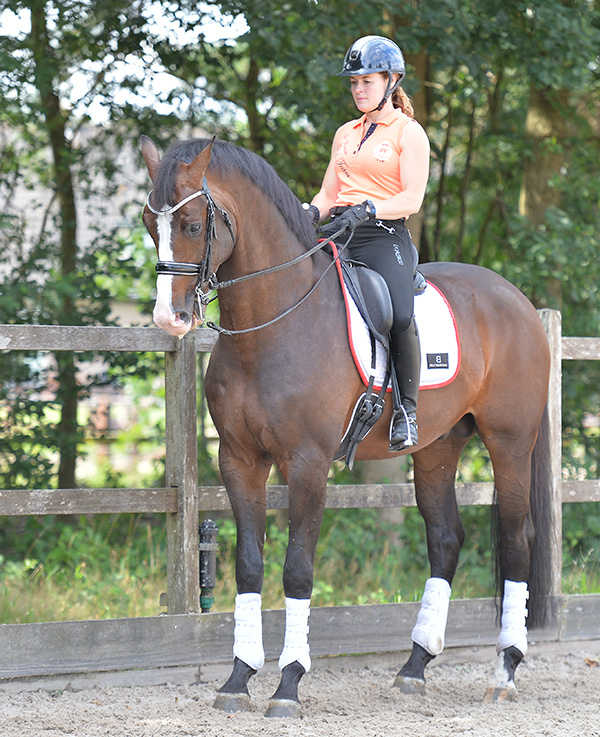 Shifting the balance towards the rear…
Shifting the balance towards the rear…
In the longitudinal field of balance, a series of classical exercises have evolved: walk transitions, trot halts, canter transitions, lengthening and shortening in different gaits. These exercises are developed primarily to overcome the horse’s natural over balance on its front legs, which if not addressed could make the rider responsible for more wear on those joints. Starting with more humane reasons, they evolved into an art form, this process of shifting the balance towards the rear is the process of collection. This process of collection can ultimately end with high school riding.
Obviously, you cannot start there. That is why these initial exercises are so important. The Duke of Newcastle talked about how important a simple exercise like trot-halt can be. If the stop encourages the horse to use its lower back, flex in its hindquarters and ultimately end with both hocks in front of a line drawn from the point of the buttocks down to the ground. The whole hind end is being trained in coming under the mass and positioning itself to carry more weight.
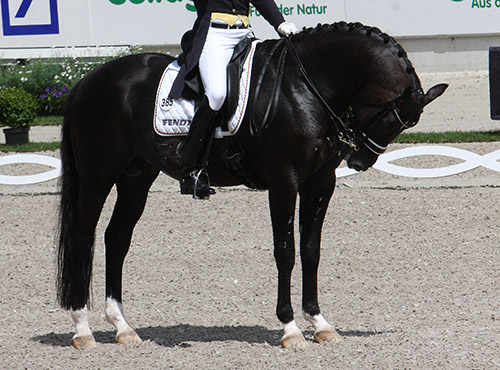
“Hocks camped out in the tail”, of little gymnastic value…
Trot halts that are square and immobile but with hocks “camped out in the tail” are of little gymnastic value. Under the guidance of an expert, the rider begins to feel these fields of balance and then learns to correct mistakes in technique. The corrections can be seen over time in the shape of the horse’s body and the increasing grace and athleticism with which it moves. The rider does not look like an encumbrance, but an important partner in the dance.
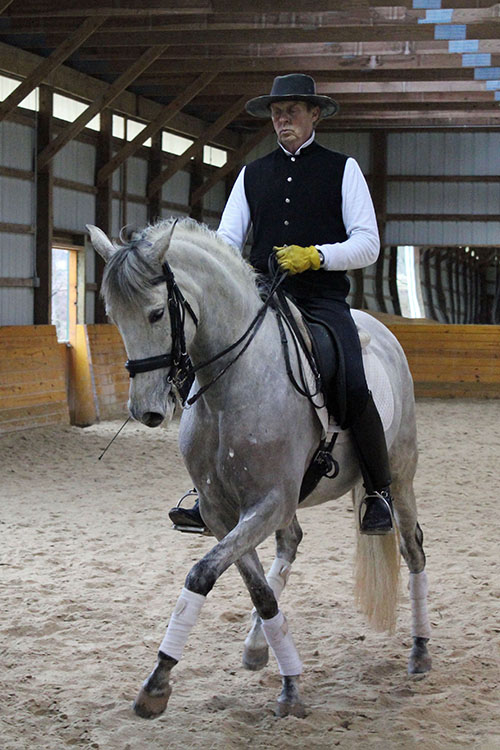
This series celebrates the launch of Paul Belasik’s latest project – a wall poster that chart the history and heritage of the classical tradition of dressage
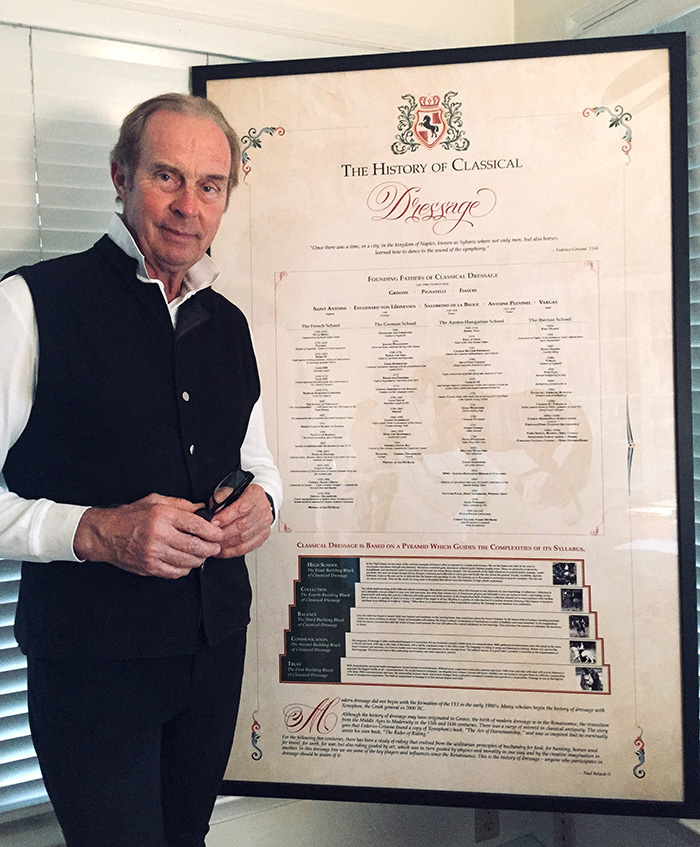
Iif you would like to order the poster:
https://paulbelasik.com/index.php/product/the-classical-training-scale-and-history-poster/
Did you miss the first article in this series? https://www.horsemagazine.com/thm/2020/10/paul-belasik-charts-the-heritage-of-dressage/


One thought on “Balance: The Third Building Block of Classical Dressage”
Comments are closed.